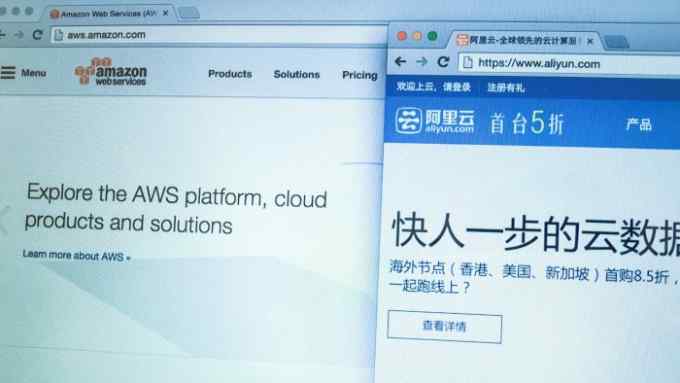Office, home or hybrid? Business must embrace the evolution of work

Roula Khalaf, Editor of the FT, selects her favourite stories in this weekly newsletter.
Covid-19 has forced millions of staff, worldwide, to work from home rather than the office — creating a mass reliance on cloud-powered technologies.
Video conferencing and remote access to documents are both cloud-based services, involving users accessing software applications and data stored externally in data centres.
And, thanks to these services, many people have found it easier to work from home, with the result that not everyone will come back, or be willing to come back, to an office — at least not full-time.
So, how can employers prepare for this new era? Many, it seems, plan to move to a distributed work model (on site, remote and hybrid), with flexible work options (over where, when and how work gets done, and who does it).
Such a shift would represent an acceleration and blending of trends that have been driving the direction of work for several years, such as globalisation, digitisation and changes in workers’ expectations.
That acceleration was highlighted in a recent study by the Institute for Corporate Productivity (i4cp), a research group, which polled almost 1,500 executives from companies in 37 industries in 55 countries.
It found that 94 per cent of mid- to large-sized companies offered some flexible working in 2020, but at 43 per cent of them it had only become available recently, as a result of the Covid pandemic.
“Although flexible working was an option before, there was an underlying sense that people ‘weren’t really working’ from home,” said one UK manufacturing executive in response to the survey. “Now it’s accepted and recognised.”
Many believe the Covid crisis and adoption of remote working technologies has changed work for ever.
Jeff Clarke, chief operating officer of US-based Dell Technologies, said in an earnings presentation last year: “Covid-19 has made one thing clear: work is something you do, an outcome, not a place or a time.”
Dell was a pioneer of flexible working, putting in place a “connected workplace” programme back in 2009. One of its goals — set years before the Covid-19 pandemic — was to have half of Dell’s employees working flexibly by the end of 2020. Today, that figure is 53 per cent globally.
Dell says the programme has increased its innovation and its ability to attract talent. It has also cut its environmental footprint because of a reduction in commuting.

Other companies reconsidering their work models should consider these questions:
What does flexible work mean at your organisation?
At 82 per cent of companies surveyed by i4cp, the effect of Covid has changed the definition of “flexible work”. One pharmaceutical company, based in the EU, said in the survey: “We have always accommodated work from home but, since the pandemic, we introduced choice with responsibility. This allows associates to work from anywhere in their location country. They can also choose how many days they work in the office.”
Flexible work also needs to vary, depending on the type of job. While someone on a production line cannot work from home, they may be given a full-time four-day week, on occasion. An employee on a project team may be allowed elastic hours at home but would forgo that flexibility when they have to collaborate at a workplace.
What are the objectives of your flexible work policies?
Half of the respondents to the i4cp survey said the reasons for offering flexible working included employee wellbeing and work-life balance. Others included being better at attracting talent (36 per cent) and driving innovation (8 per cent). Clarity on objectives is essential to track and manage progress.
How will decisions be made about the way an individual can work?
One-fifth of companies in the i4cp study have yet to decide their flexible working criteria, but only one in nine companies say they will be dictated by policy. A more popular approach is to reach a decision based on both policy and manager discretion, or influenced by co-operation between a worker and a manager.
More stories from this report
Pandemic provides push for Latin America to embrace the cloud
Digital tools drive art market’s move into the cloud
Big Tech races to clean up act as cloud energy use grows
Repair, replicate and correct: how cloud automation is changing IT
Cloud becomes new front line between China and the west
Academics edge closer to dream of research on cloud platforms
One survey respondent from a logistics company in the UAE said: “Before the pandemic, working from home was limited. Now there is more discretion for line managers to agree to different work arrangements based on what they decide can and cannot be done remotely.”
Have you established guidelines to determine why or when a remote employee should come on site?
Employees who work primarily in a remote or hybrid model should not drift in and out of the workplace at will. There should be guidelines and a reason to be on site. The type of work that needs to be done, the need for in-person collaboration and access to technology or devices are factors to consider in creating such guidelines.
The pandemic has forced many businesses into drastic change, while at others it has merely accelerated a process that was already under way. Business leaders must embrace, not resist, this evolution.
The writer is chief research officer at the Institute for Corporate Productivity

Comments